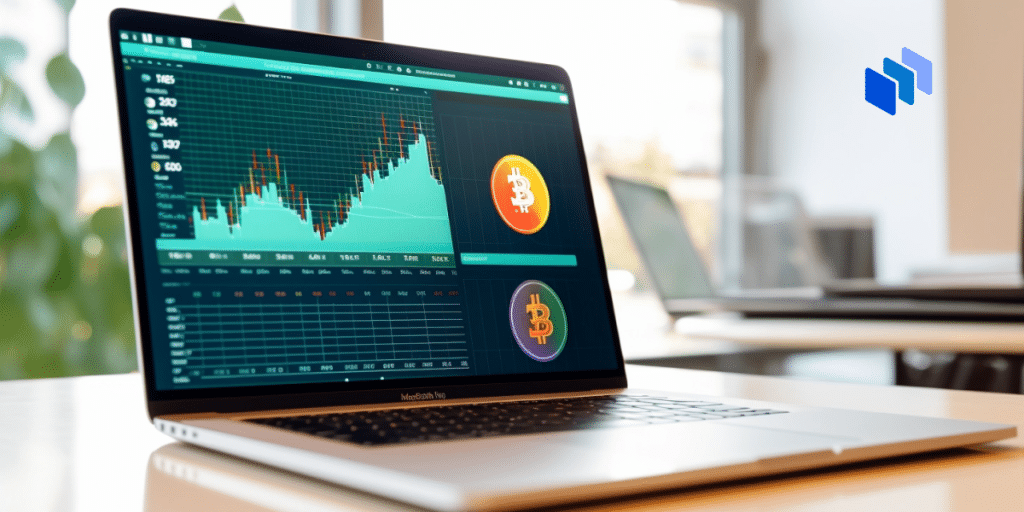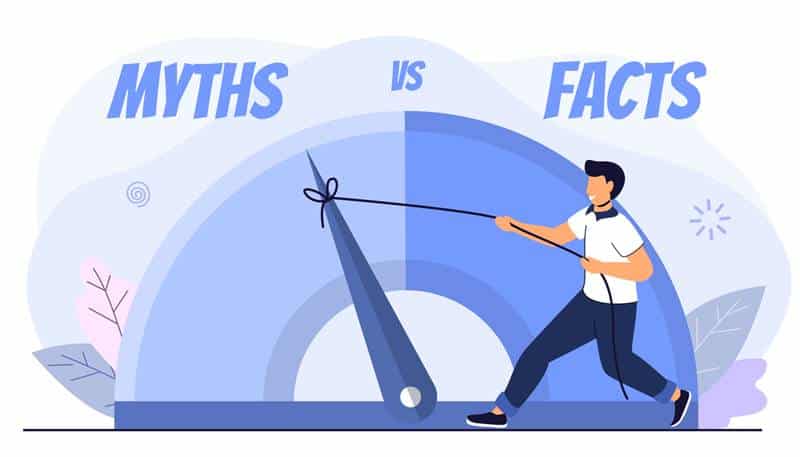Artificial intelligence (AI) and cryptocurrencies are arguably the two most popular technologies to gain prominence in the last few years.
The global media attention that cryptocurrencies received in the post-pandemic era resulted in the tech gaining numerous critics and supporters. Now that the crypto hype has died down and been replaced with excitement over AI, many have tried to portray the two technologies as rivals for global attention and capital.
But that is not the case. Crypto and AI are on their different growth paths. But, there are promising projects that combine the crypto ideologies of decentralization to complement the disruptiveness of AI.
This article will discuss decentralized physical infrastructure networks and the synergies between crypto and AI.
Decentralized Physical Infrastructure Networks – Where Crypto and AI Combine
We must first learn about decentralized infrastructure networks to understand how AI and crypto are being used together.
Decentralized physical infrastructure networks (DePIN) are blockchain protocols that build, maintain, and operate infrastructure in the physical world in an open and decentralized manner. DePINs use cryptocurrency tokens to incentivize the building of real-world infrastructure.
Helium is a great example of a DePIN system. Helium is a decentralized open wireless network that lets anyone earn cryptocurrency for providing wireless connectivity. Similarly, other DePINs serve other infrastructure needs, such as solar power, cloud storage, and computing power.
Today, DePINs are being built for the AI industry. Cryptocurrencies incentivize individual actions towards a common goal, while a blockchain maintains a universal state layer and facilitates peer-to-peer settlement.
AI Infrastructure and DePIN
Now that we know what DePINs are. Let’s understand the infrastructure that AI needs to function. The five key components of AI infrastructure are:
- Data storage and management – AI applications use enormous amounts of data for training. AI companies use on-premise or cloud-based databases to store and organize data.
- Computing resources – Machine learning (ML), deep learning (DL), and AI applications use computing technologies like graphics processing units (GPU) to process data.
- Data processing frameworks – Data processing frameworks clean, transform, and structure data before it is used in AI applications.
- Machine Learning Frameworks – Referring to tools and libraries for designing, training, automating, and streamlining ML models.
Examples of DePIN Crypto Projects
Keeping AI’s infrastructural needs in mind, let’s look at examples of how DePINs are bringing together the world of crypto and AI.
- Akash
Akash is a decentralized computing marketplace where users can lease computing resources from cloud providers. The ecosystem uses blockchain to record requests, bids, leases, and settle payments.
In August 2023, Akash introduced GPU computing to its marketplace. AI developers needing GPU computing resources can now access the compute resources from an open marketplace on Akash.
- Bittensor
Bittensor is a crypto-incentivized blockchain ecosystem that aims to create a decentralized AI industry that continually produces new ML and AI models and frameworks.
A part of Bittensor’s vision is to create an open AI ecosystem from the “bottom up”, where decentralized markets for compute resources, data storage, data processing, and oracles all exist within the same ecosystem.
The TAO token will be used to incentivize the growth of Bittensor’s ecosystem.
- Storj
Storj is a decentralized cloud storage network that encrypts and distributes data to its network of nodes for storage. Storj’s data storage solutions can store large data sets, while their decentralized nature enables them to charge lower fees than traditional cloud providers.
What Are the Benefits of Using DePIN in AI?
Cryptocurrency and blockchain technology are unique because of their characteristics of decentralization, shared control, transparency, and immutability. The use of DePINs in the AI industry brings these characteristics to a technology that is becoming a disruptive and powerful force.
In the computing market, the booming popularity of AI has made GPU chips difficult and expensive to acquire.
Users who depend on centralized cloud computing providers for on-demand compute may require permissioned access, while high-performance GPUs are often prioritized and reserved for the largest customers. DePINs solve this problem by giving users permissionless access to GPU power and other high-performance compute resources.
When it comes to data storage, the use of decentralized data storage networks eliminates the risk of data loss due to vulnerabilities in centralized siloed data centers. Decentralized data storage networks store data across a global network of nodes.
The most important benefit of developing AI on DePINs is developing AI technology in a decentralized and open-source manner. Calls for the democratization of AI are increasing by the day. DePINs will reduce entry barriers, allow unrestricted access, and make AI solutions more affordable for everyone.
The Bottom Line
The convergence of AI and crypto goes beyond DePINs. We highlighted the DePIN industry in this article due to the potential to become a core part of the AI industry.
As the use of DePINs grows within the AI industry, it could influence AI technology to be more accessible, open, and transparent, following the path that cryptocurrencies and blockchains have blazed before.









